At the ongoing 2016 Consumer Electronics Show (CES), Nvidia unveiled its sequel to the Drive PX in-car computer it debuted last year – the Drive PX 2. With the advent of self-driving cars from major automakers, the company is looking to be the main supplier of hardware to ensure that there is sufficient processing power to support this technology.
The Drive PX 2 packs 12 CPU cores capable of providing eight teraflops (TFLOPS) worth of processing power. This allows it to deliver up to 24 trillion deep learning operations per second. The computer also adopts a 16 nm architecture on the computer, along with two next-gen Tegra processors, as well as a Pascal-based GPU.
Running the whole system requires 250 W, with liquid-cooling installed to ensure things don’t get too toasty. To put into perspective the amount of processing power found on the PX 2, it is equivalent to that of 150 MacBook Pros.
All that raw processing power is necessary for building capable self-driving cars. The PX 2 is capable of processing the inputs of 12 video cameras, plus lidar, radar and ultrasonic sensors. It fuses them to accurately detect objects, identify them, determine where the car is relative to the world around it, and then calculate its optimal path for safe travel.
Nvidia also announced Drivenet alongside the PX 2, its own deep neural network that features nine separate neural networks. Drivenet is able to identify five different classes of objects, including pedestrians and motorcyclists, and it learns over time. Nvidia understands that automakers might want to “teach” the system differently, which can be accomplished via the Deep Learning GPU Training System (DIGITS).
The company dubs the PX 2 as the “first in-car artificial intelligence supercomputer”, and automakers, including Audi, BMW, Ford, Mercedes-Benz and Volvo have already pledged their interest in testing out the system, with Volvo being the first company to deploy the PX 2.
In the world’s first public trial of autonomous driving, the Swedish automaker will lease 100 XC90 SUVs equipped with Drive PX 2 technology, slated to hit the road next year in the Swedish carmaker’s Drive Me autonomous-car pilot programme. The programme, in line with the brand’s Vision 2020 will see the cars operate autonomously on roads around Gothenburg, the carmaker’s hometown, and semi-autonomously elsewhere.
Volvo isn’t the only automaker to capitalise on Nvidia’s latest creation. Toyota is also looking to provide its cars autonomous driving capabilities, with the collaboration of Tokyo-based company Preferred Networks. Toyota recently purchased a three percent stake in the company to develop cars with autonomous driving capabilities.
Non-automakers like Tokyo-based ZMP also stand to benefit from the PX 2. The company is working to create autonomous taxis by using using deep learning technology and Nvidia Drive PX 2 to dramatically improve the accuracy of detection and decision-making algorithms for autonomous driving. The goal is to realise its driverless Robot Taxi service in the future.
Looking to sell your car? Sell it with Carro.

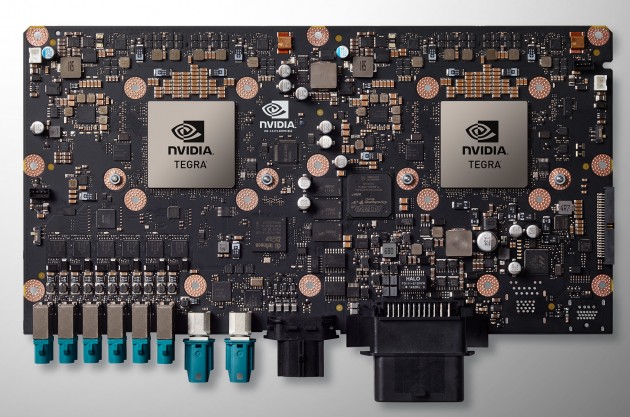



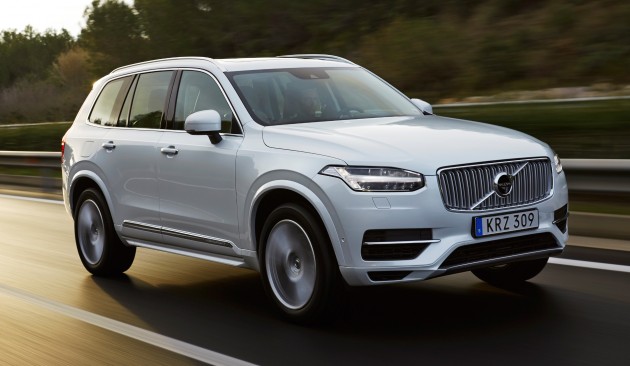
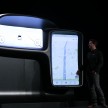
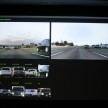
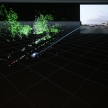
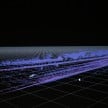
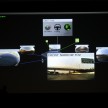
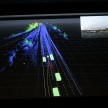
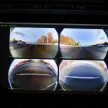
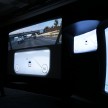
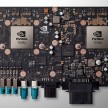
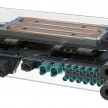

But can it run Crysis 3?